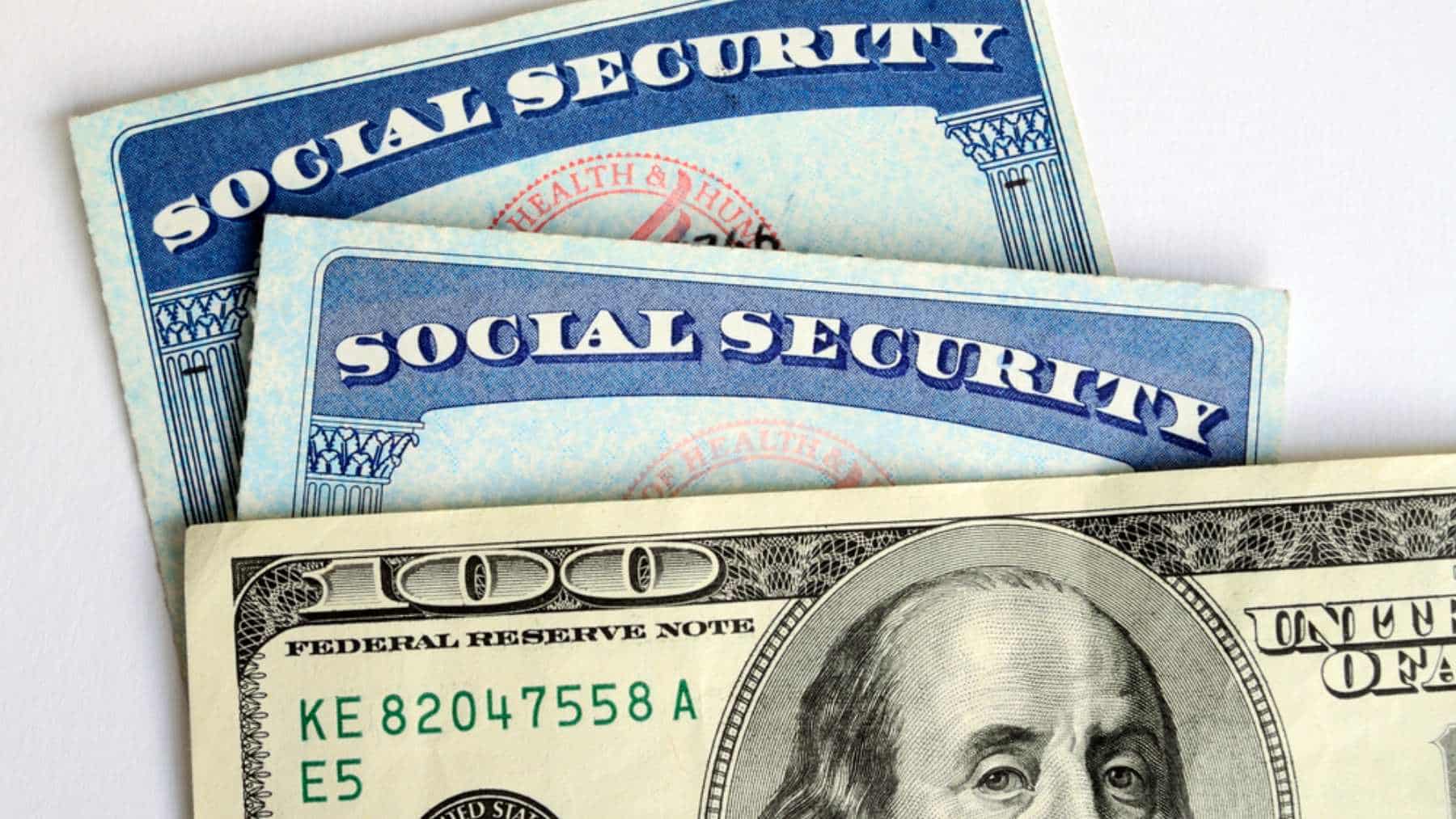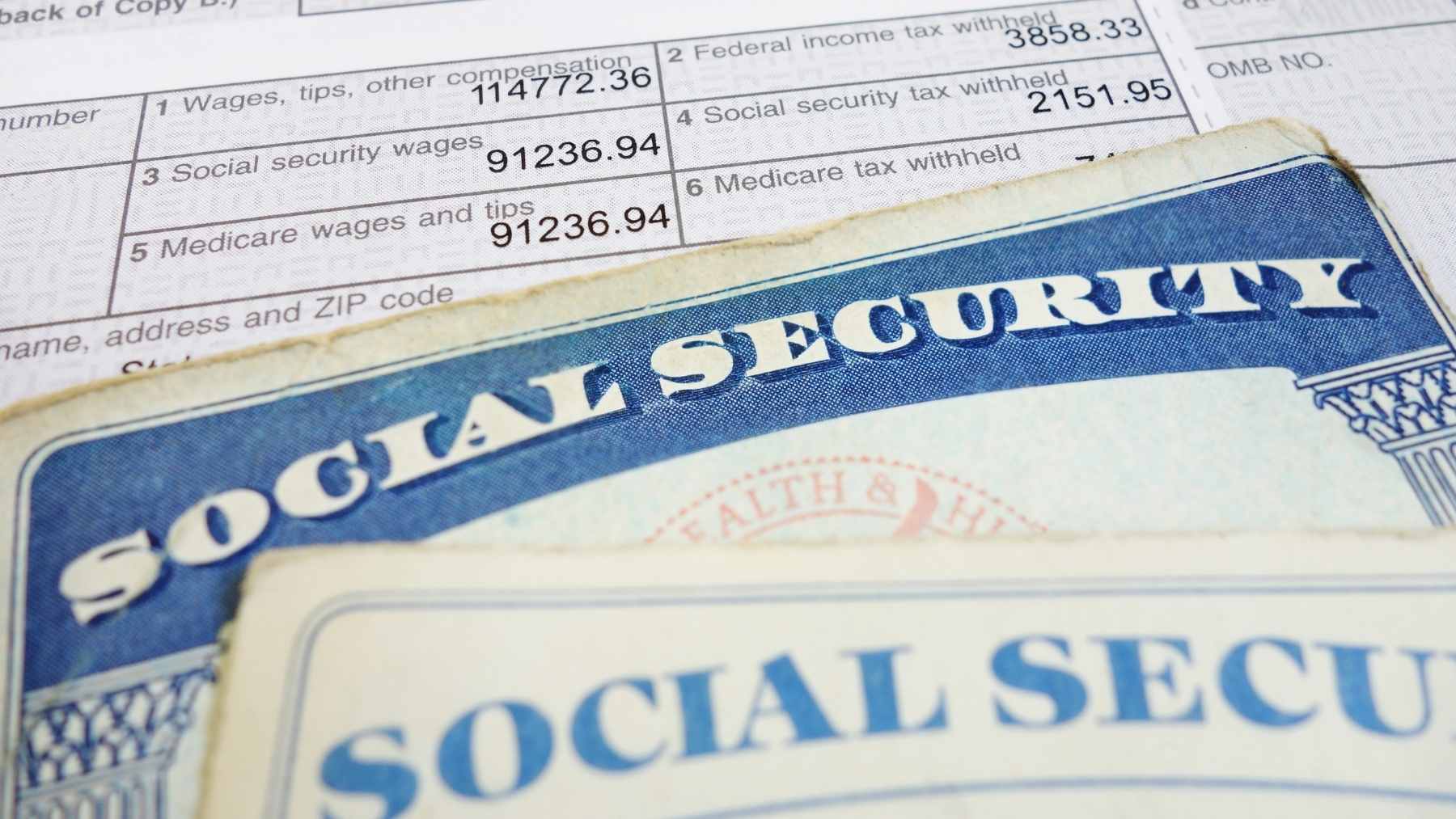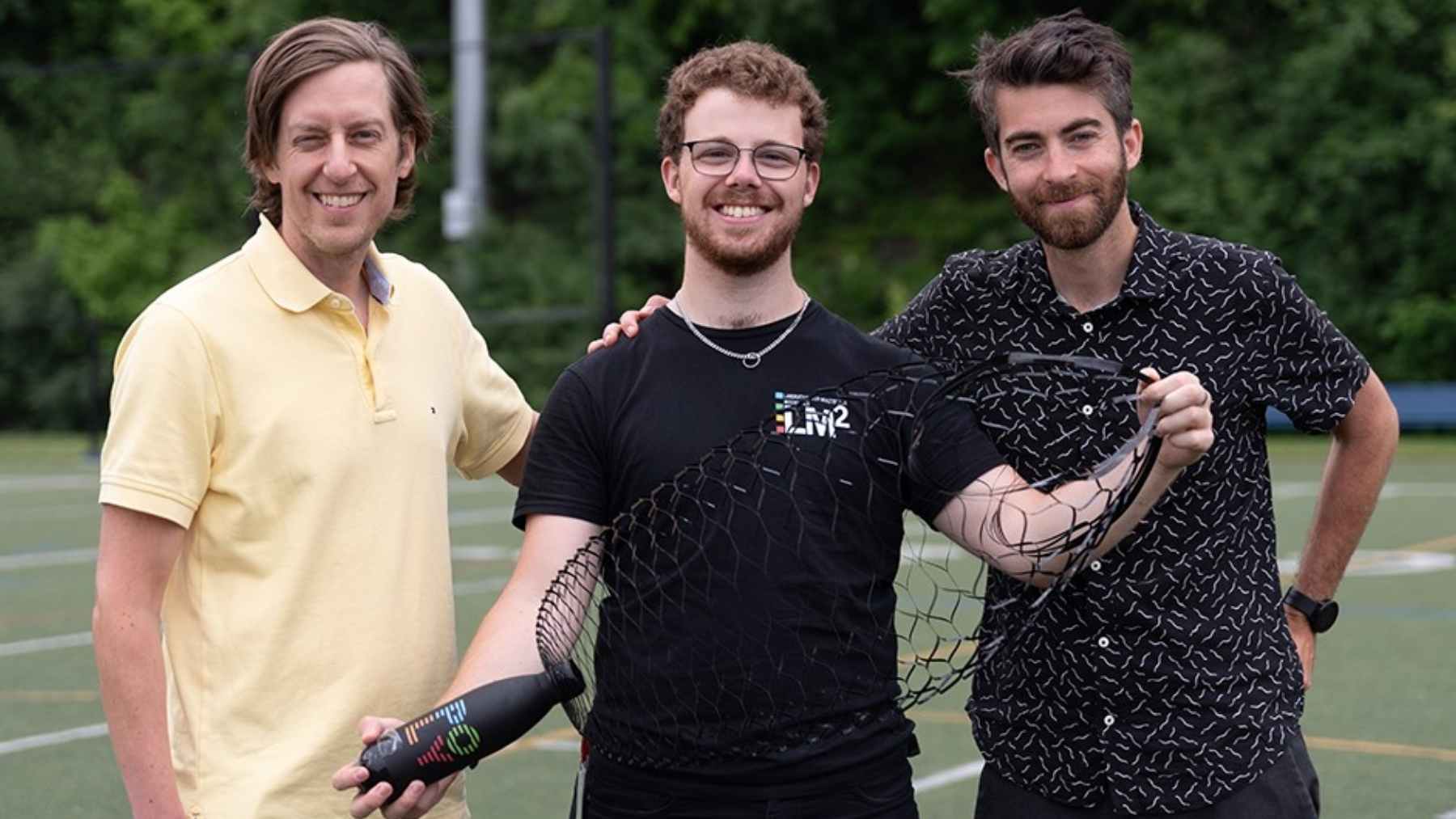The Social Security Administration (SSA) is currently in the process of implementing many new changes for beneficiaries and the program as a whole. Since President Donald Trump took office at the White House for his second, non-consecutive term, the fate of Social Security has been under fire. From concerns over its longevity to in-person identity checks, the next four years are expected to cause some controversy among workers and beneficiaries.
SSA continues to support millions of Americans
Currently, the SSA supports nearly 70 million Americans, providing essential payments for retirees, disabled individuals, and individuals who have very little to no income or resources. The vast majority of SSA beneficiaries are made up of retired individuals who are over the age of 62. The average retirement beneficiary receives just under $2,000 a month from the SSA. This payment is often the only source of income retirees have access to, despite the SSA encouraging beneficiaries to ensure in their retirement that they have access to multiple sources of income.
In addition to retirement benefits, the SSA also provides a Disability and Supplementary Security Income (SSI). Disability benefits are specifically for individuals who have a disability that prevents them from earning an income. SSI on the other hand, is designed as a relief program for individuals who have very little to no income or resources. While your income status does not affect your retirement benefits, SSI benefits are retracted if you are able to secure more long-term, secure employment.
New rule for SSA beneficiaries
Recently, Social Security’s official statement from March 18 describes a new potential rule for the SSA. Under the Trump Administration, the SSA has suggested that first-time beneficiaries applying for retirement or disability benefits would need to verify their identities through a new online program called “Internet ID proofing”. If their identity is unable to be verified using this program, they will have to file paperwork in person at their closest SSA field office.
This new change is intended to help fight against fraudulent applicants. The change was suggested in a memo sent by Acting Deputy Commissioner for Operations Doris Diaz to Acting Social Security Commissioner Leland Dudek. If the new proposal were to be implemented, the memo describes how a potential 75,000 to 85,000 individuals could end up seeking assistance at field offices.
Visiting an SSA field office isn’t easy for everyone
These increased visits to field offices to verify identities could lead to much longer wait times, increased challenges for vulnerable populations, and put a heavy demand on already burdened field offices. The SSA is already seeing drastic staff cuts due to the actions of the new Department of Government Efficiency, which recently announced plans to cut around 7,000 employees from the SSA.
The biggest problem with the new ID policy is that it will be incredibly challenging for the aging population, who make up the bulk of SSA beneficiaries. The older population is known to not be particularly advanced when it comes to navigating new online programs. In addition, a technical internet program to verify new beneficiaries’ identities may also prove to be challenging for people with severe disabilities.
The future of SSA payments remains unsolved
In addition to these proposed changes, it remains unclear what the future of SSA holds in terms of the retirement fund’s longevity. Currently, the fund is expected to be depleted by the early 2030s unless significant changes are implemented immediately.
The current prevailing solutions have been to either raise current Social Security taxes or to cut benefits to current beneficiaries now. However, President Trump has repeatedly said during his campaign that he does not intend to cut Social Security benefits or raise the program’s taxes during his presidential term. For more information, you can consult the full Social Security’s official statement from March 18 on its official website.












